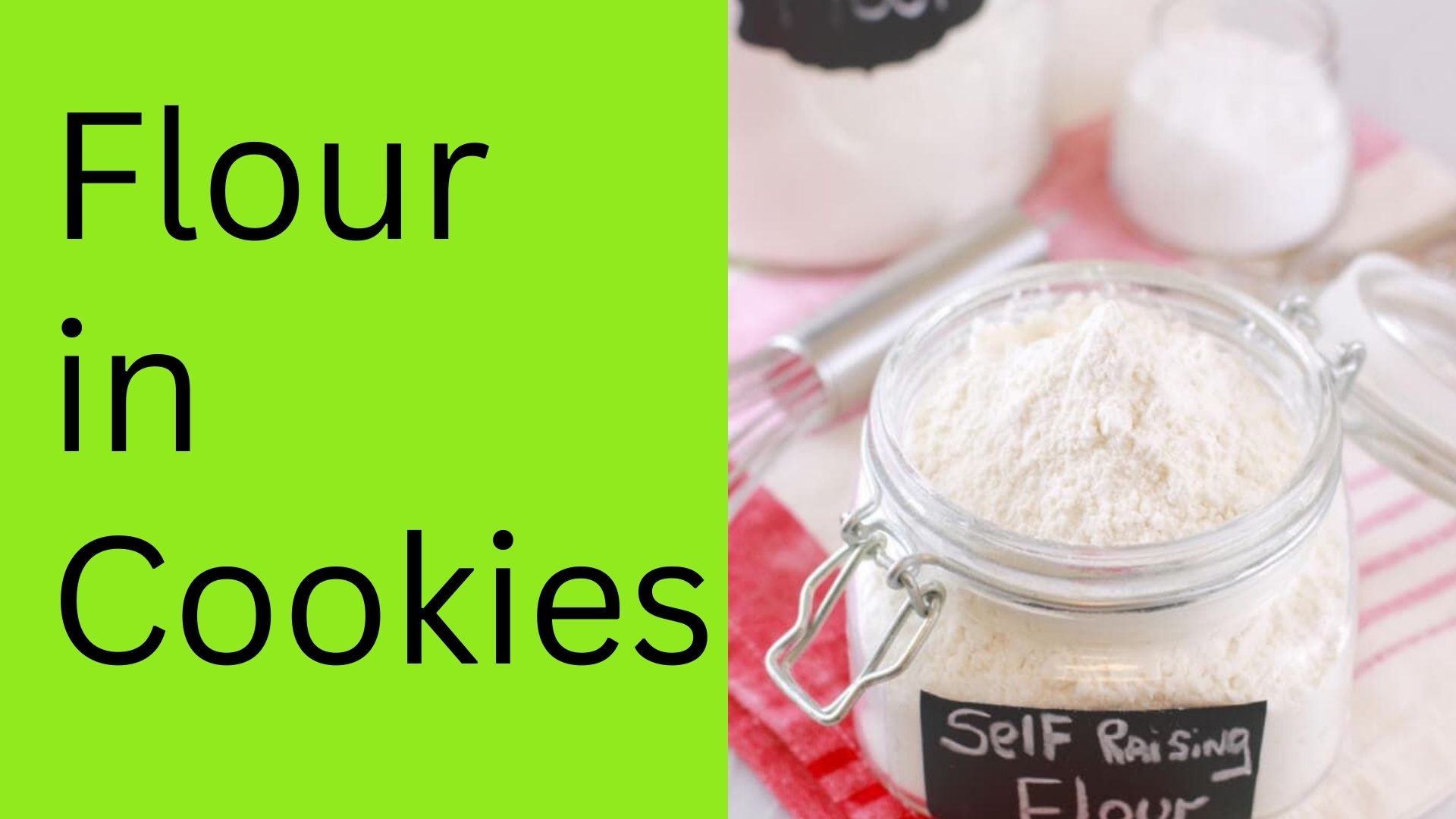Flour is a fundamental ingredient in cookie recipes, contributing to their structure and texture. However, there are instances where you might need to explore alternative options due to dietary preferences or restrictions. This guide’ll delve into six effective substitutes for flour in cookies, each offering unique qualities to elevate your baking endeavors.
The Significance of Flour in Cookies:
Flour plays a crucial role in cookies for several reasons:
- Texture and Structure: Flour provides the desired texture, determining whether cookies are soft, chewy, or crisp.
- Binder: It binds ingredients together, ensuring the cookie holds its shape during baking.
- Volume and Rise: Flour enables cookies to rise and expand, resulting in their characteristic appearance.
- Flavor and Consistency: The type of flour used affects the flavor profile and consistency of the cookies.
- Appearance: Flour contributes to the cookies’ color, helping them achieve a golden brown hue.
Why Explore Flour Alternatives:
Considering alternatives to traditional flour offers various advantages:
- Dietary Needs: Individuals with gluten sensitivity or celiac disease require gluten-free options.
- Health Goals: Some people follow low-carb or grain-free diets for health reasons.
- Flavor Diversity: Different flours introduce distinct flavors to cookies.
- Nutritional Boost: Alternative flours often contain more nutrients and dietary fiber.
- Culinary Exploration: Experimenting with different flours can lead to innovative cookie variations.
Six Flour Substitutes for Cookies:
1. Almond Flour: Nutty and Nutrient-Rich
Almond flour is a gluten-free option made from finely ground almonds. It imparts a delightful nuttiness and a tender crumb to cookies.
| Nutrition Facts | Per 1/4 Cup |
|---|---|
| Calories | 180 |
| Total Fats | 15g |
| Carbohydrates | 5g |
| Proteins | 6g |
How to Use: Replace traditional flour with equal almond flour in your cookie recipes.
2. Coconut Flour: Absorbent and Unique
Coconut flour is an absorbent, gluten-free option that adds a subtle coconut flavor and distinctive texture to cookies.
| Nutrition Facts | Per 2 Tablespoons |
|---|---|
| Calories | 45 |
| Total Fats | 1.5g |
| Carbohydrates | 9g |
| Proteins | 2g |
How to Use: Due to its absorbency, use a smaller amount of coconut flour and adjust the liquids in the recipe.
3. Oat Flour: Wholesome and Fiber-Rich
Oat flour is made by grinding oats, offering a nutty flavor and added nutritional benefits to cookies.
| Nutrition Facts | Per 1/4 Cup |
|---|---|
| Calories | 120 |
| Total Fats | 2.5g |
| Carbohydrates | 22g |
| Proteins | 4g |
How to Use: Replace a portion or all of the flour with oat flour for enhanced nutrition.
4. Chickpea Flour: Protein-Packed and Versatile
Chickpea flour, or gram flour, is rich in protein and lends a slightly nutty flavor to cookies.
| Nutrition Facts | Per 1/4 Cup |
|---|---|
| Calories | 110 |
| Total Fats | 2g |
| Carbohydrates | 16g |
| Proteins | 6g |
How to Use: Utilize chickpea flour as a partial substitute, adjusting for its density.
5. Rice Flour: Light and Gluten-Free
Rice flour is made from ground rice and offers a gluten-free option, contributing to a delicate cookie texture.
| Nutrition Facts | Per 1/4 Cup |
|---|---|
| Calories | 120 |
| Total Fats | 0g |
| Carbohydrates | 28g |
| Proteins | 2g |
How to Use: Substitute rice flour for a portion of the flour to achieve a lighter texture.
6. Banana: Natural Sweetness and Moisture
Banana acts as a natural sweetener and contributes moisture to cookies while adding a subtle banana flavor.
| Nutrition Facts | Per Medium Banana |
|---|---|
| Calories | 105 |
| Total Fats | 0.4g |
| Carbohydrates | 27g |
| Proteins | 1.3g |
How to Use: Mash ripe bananas and use them to replace part or all of the flour for sweetness and moisture.
Nutrition Facts Summary Table:
| Substitute | Calories | Total Fats | Proteins | Carbohydrates | Source | Works Best In |
|---|---|---|---|---|---|---|
| Almond Flour | 180 | 15g | 6g | 5g | Finely ground almonds | Versatile |
| Coconut Flour | 45 | 1.5g | 2g | 9g | Ground coconut | Gluten-free recipes |
| Oat Flour | 120 | 2.5g | 4g | 22g | Ground oats | Health-conscious recipes |
| Chickpea Flour | 110 | 2g | 6g | 16g | Ground chickpeas | Protein-rich recipes |
| Rice Flour | 120 | 0g | 2g | 28g | Ground rice | Gluten-free baking |
| Banana | 105 | 0.4g | 1.3g | 27g | Fresh banana | Naturally sweet recipes |
Conclusion:
Exploring flour substitutes in cookie recipes opens up a realm of culinary possibilities. Whether you’re accommodating dietary needs, seeking novel flavors, or enhancing nutritional value, these alternatives offer versatility without compromising taste and quality. Embrace the creativity of using various flours to craft cookies that align with your preferences and dietary goals.




